[Put cursor over footnote for pop-up.]Link to Part One: Voice [1]: What Voice Is
Part Two of a Three-Part Post on Voice in Fiction
If you survive the part where you want to hang up your cleats because never in a million years will you write anything as sublime as what you’ve just finished reading, other people’s work can be incredibly useful to a writer.
Three reasons why:
a) They show you what excellence looks like; they make you want to work toward a higher standard; they make you less willing to settle for the ordinary in your own writing.
b) They inspire. Forget the smooshy sense of the word for a second. A really good book was written by someone who got her work done, who didn’t bail out, who shepherded it past the forces of chaos that wanted it not to exist.
c) If you read widely, you see examples of techniques, strategies, as well as all manner of writerly invention, problem-solving, and derring-do. I’m a huge fan of models. It’s not that you copy them so much as they remind you how much is possible. I’m not big on the solitary genius theory of art-making. A line from a craft book: All art is infested with other art.
So today’s post is an array of models to help you think about how voice works in fiction writing.
NARRATOR TELLING LIFE STORY:
Violeta, Isabel Allende (2022)
Demon Copperhead, Barbara Kingsolver (2022)
Queenie, Candice Carty-Williams (2019)
Confederate Widow Tells All, Allan Gurganus (1989)
Adventures of Huckleberry Finn, Mark Twain (1884)
Jane Eyre, Charlotte Brontë (1847)
Tristram Shandy, Lawrence Sterne (1760-66)
MULTIPLE FIRST-PERSON NARRATORS:
The Last House on Needless Street, Catriona Ward (2021)
Daisy Jones & The Six, Taylor Jenkins Reid (2019)
Lincoln in the Bardo, George Saunders (2017)
Let the Great World Spin, Colum McCann (2009)1
The Poisonwood Bible, Barbara Kingsolver (1998)
A Gathering of Old Men, Ernest J. Gaines (1983)
Laura, Vera Caspary (1943)2
As I Lay Dying, William Faulkner (1930) 3
TWO (OR THREE) SIDES OF ONE STORY:
An American Marriage, Tayari Jones (2019)
All the Light We Cannot See, Anthony Doerr (2014)
A Tale For the Time Being, Ruth Ozeki (2013)
Kelly + Victor, Niall Griffiths (2002)4
Leaving Cheyenne, Larry McMurtry (1963)
OVER-THE-TOP NARRATION:
My Year of Rest and Relaxation, Ottessa Moshfegh (2018) 5
The Death of Sweet Mister, Daniel Woodrell (2001)6
How Late It Was, How Late, James Kelman (1994)
Trainspotting, Irvine Welsh (1993)
Travesty, John Hawkes (1976)
The Fan Man, William Kotzwinkle (1974)
Yellow Back Radio Broke-Down, Ishmael Reed (1969)
UNRELIABLE NARRATORS:
Elizabeth Is Missing, Emma Healey (2014)
The Memory Box, Eva Lesko Natiello (2014)
Gone Girl, Gillian Flynn, (2012)
Treasure Island!!!, Sara Levine (2011)7
Engleby, Sebastian Faulks (2007)
The Blind Assassin, Margaret Atwood (2000)
Fight Club, Chuck Palahniuk (1996)
Time’s Arrow, Martin Amis (1991)
The Remains of the Day, Kazuo Ishiguro (1989)
The Secret Diary of Adrian Mole, Aged 13¾, Sue Townsend (1982)
Lolita, Vladimir Nabokov (1958)
The Good Soldier, Ford Maddox Ford (1915)
AN EXCHANGE OF LETTERS:8
This Is How You Lose the Time War, Max Gladstone and Amal El-Mohtar (2020)
Last Days of Summer, Steve Kluger (1998)
Address Unknown, Kathrine Kressmann Taylor (1938)
Les Liaisons dangereuses, Pierre Choderlos de Laclos (1782)
The Expedition of Humphrey Clinker, Tobias Smollett (1771)
LETTERS WITHOUT REPLIES:
Don’t Cry for Me, Daniel Black (2022)
On Earth We’re Briefly Gorgeous, Ocean Vuong (2019)
Dear Committee Members, Julie Schumaker (2013)
The White Tiger, Aravind Adiga (2008)
March, Geraldine Brooks (2005)
Gilead, Marilynne Robinson (2004)
We Need to Talk About Kevin, Lionel Shriver (2003)
The Perks of Being a Wallflower, Stephen Chbosky (1999)
Last Words from Montmartre, Qiu Miaojin (1995)9
Fair and Tender Ladies, Lee Smith (1988)
The Color Purple, Alice Walker (1982)
Memoirs of Hadrian, Margaret Yourcenar (1951)
DIARY OR JOURNAL ENTRIES: Talking to Yourself on Paper or Recording10
The Lost Journals of Sakajewea, Debra Magpie Earling (2022)11
Goodbye, Vitamin, Rachel Khong (2017)
The Martian, Andy Weir (2014)
Notes of a Crocodile, Qiu Miaojin (1994)
Houseboy, Ferdinand Oyono (1956)
I Capture the Castle, Dodie Smith (1948)
The Diary of a Provincial Lady, E. M. Delafield (1930)
The Real Diary of a Real Boy, Henry A. Shute (1902)12
The Diary of a Nobody, George and Weedon Grossmith (1892)
NON-HUMAN NARRATORS:
Klara and the Sun, Kazuo Ishiguro, (2021) [Robot companion]
The Humans, Matt Haig (2013) [Alien]
Racing in the Rain, Garth Stein (2008) [Golden Retriever]
The Book Thief, Marcus Zusak (2007) [Death]
The Book of Chameleons, José Eduardo Agualusa (2004) Angola [Gecko]
Grendel, John Gardner (1971) [Monster from Beowulf]
THIRD-PERSON FICTION WITH A UNIQUE/DISTINCTIVE VOICE:
No One Is Talking About This, Patricia Lockwood (2022)
Stillicide, Cynan Jones (2019)13
American Tabloid, James Ellroy (1995)
What I Lived For, Joyce Carol Oates (1994)
Mezzanine, Nicholson Baker (1988)
Sixty Stories [stories], Donald Barthelme (1982)
Speedboat, Renata Adler (1976)
WHERE THE NARRATIVE VOICE IS STEEPED IN THE MOOD OF THE STORY:
The Road, Cormac McCarthy (2006)
This Is Not Novel, David Markson (2001)
The Last Thing He Wanted, Joan Didion (1996)
So Long, See You Tomorrow, William Maxwell (1980)
NOVELS THAT ARE ALL (OR ALMOST ALL) SPEECH:
Stella Maris, Cormac McCarthy (2022)
Vox, Nicholson Baker (1992)
Deception, Philip Roth (1990)
Kiss of the Spider Woman, Manuel Puig (1976)
J R, William Gaddis (1975)
NOVELS TOLD IN UNIQUE LANGUAGES/VARIANTS:
Fiebre Tropical, Julián Delgado Lopera (2020)
The Country of Ice Cream Star, Sandra Newman (2015)
The Wake, Paul Kingsnorth (2014)14
Riddley Walker, Russell Hoban (1980)
A Clockwork Orange, Anthony Burgess (1962)
SECOND-PERSON [aka DIRECT ADDRESS]:15
The Seven Moons of Maali Almeida, Shehan Karunatilaka (2022)
This Mournable Body, Tsitsi Dangarembga (2018)16
How To Get Filthy Rich in Rising Asia, Mohsin Hamid (2013)17
A Prayer for the Dying, Stewart O’Nan (1999)
Bright Lights, Big City, Jay McInerney (1984)
Aura [novella], Carlos Fuentes (1962)
THIRD-PERSON PLURAL [The “We” Voice]:
Half, Sharon Harrigan (2020) 18
The Wives of Los Alamos, TaraShea Nesbit (2014)19
Then We Came to the End, Joshua Ferris (2007)
The Virgin Suicides, Jeffrey Eugenides (1993)20
During the Reign of the Queen of Persia, Joan Chase (1983)
McCann: Love this one. Great example of sharing the POV around but letting the relationships within the web of speakers slowly become known.
Laura: Source of the 1944 film noir of the same title, directed by Otto Preminger—Gene Tierney, Dana Andrews, et al. Read about Caspary here:
https://en.wikipedia.org/wiki/Vera_Caspary
Faulkner: See note at Reading Project [9]: You Are What You Read post.
Griffiths: Not for the faint of heart, but high-octane. Bloke meets a girl at a club. And check out, the much-funnier black humor of Stump (2003). Bloke with one arm on the lam from two thugs.
Mossfegh: See note for this book at:
https://longd.substack.com/p/reading-projects-2-guilty-pleasures
Woodrell: Became more widely read after Winter’s Bone (2006), but this one should be read as well. Another of those titles that sandbag you—its meaning finally dawns on you.
This was one of the Guilty Pleasure picks, see Reading Projects [2]: Guilty Pleasures. [Also, if you’re new and would like an example of my warped sense of humor, see the video attached just above Treasure Island!!! in the footnotes.]
Letters: Here’s a Wiki page devoted to epistolary fiction:
https://en.wikipedia.org/wiki/List_of_contemporary_epistolary_novels
Last Words from Montmartre: Twenty letters meant to be read in any order. Read about her here:
https://en.wikipedia.org/wiki/Qiu_Miaojin
Diaries/Journals: Probably goes without saying: That this format creates the illusion that the entries are written in order, by date, and that the diarist has no knowledge of future entries, which puts the diarist on the same dramatic footing as the reader. Real diaries typically have gaps, trivial entries, unexplained references, and often break off without warning or conclusion. Fictional diaries mimic the format but generally follow the through-line of the story, inserting just enough messiness/”uneditedness” to maintain the illusion. The trick here is to make the entries seem written without knowledge of the future while actually serving the dramatic shape of the whole book.
Earling: Her novel Perma Red (2002) has become a classic.
Real Boy: Somewhere, I still have the copy my father gave me in way-back time. This is a little gem, purported to be actual—account of growing up in New Hampshire in the 1860s. You won’t care if it’s an invention. Corny? Yeah, I suppose, but funny and in its own way revelatory.
Stillicide: Does not mean destroying a backwoods bootleg outfit, rather: (Law) a right or duty relating to the drainage of water from the eaves of a roof onto adjacent land. This is cli-fi, a sniper protecting a “water train” from terrorists. Jones writes terse prose, letting you piece together how the parts are related—somewhat opaque at first, but it’s short, and on a second reading I found it devastating. Read about him here:
https://en.wikipedia.org/wiki/Cynan_Jones
The Wake:
[Full disclosure: purloined this note from my earlier post—On Favorite Books: Dave’s Faves (1.2) ]
My favorite novel of 2014. The Norman Conquest, as narrated by a man who loses everything in the Conqueror’s savage takeover of his land, a story fueled by rage. Buccmaster speaks to us in his own tongue, Anglo-Saxon [Kingsnorth has modified it enough that, with the help of a small glossary and a pronunciation guide, we understand what’s being said]. I found it profoundly moving.
And . . . IMHO that whole post was pretty good and didn’t generate much back and forth; perhaps a few newer subscribers will have a look?
Second-person . . . is slippery—who’s talking? who’s being addressed?
Carlos Fuentes’s mysterious novella, Aura (1962) was my first exposure to the “you” voice used for an entire work [see an earlier post, Reading Projects [7]: Oddball Novels].
We commonly use second-person in American speech to replace “one,” which sounds stuffy/overly formal to our ears. And, now and then, we run into stories narrated not to us, the readers, but to another character, addressed as “you”—but these are really first-person stories, monologs, even if the “I” is mostly suppressed.
The second-person usage we’re talking about here is different, stranger. Dick Hugo, one of my poetry mentors, often used this approach; it sounded as if one part of his psyche was addressing another. “Degrees of Gray in Philipsburg,” for instance, starts:
You might come here Sunday on a whim.
Say your life broke down. The last good kiss
you had was years ago . . . This Mournable Body: Writer, playwright, filmmaker, jailed for participating in a peaceful protest Zimbabwe’s repressive government (later released). This book shortlisted for the Booker Prize. Also known for her debut novel, Nervous Conditions (1988). Read about her:
https://en.wikipedia.org/wiki/Tsitsi_Dangarembga
Hamid: I really liked his earlier, novel Exit West, a good example of slipstream genre—not sci-fi, not fantasy, a world like ours except a particular experience undergone by immigrants.
Harrigan: Another graduate of Pacific University’s MFA Program. We love it when they succeed.
Nesbit: A very effective group portrait. She uses this POV in a way I’ve not seen before. Where, in The Virgin Suicides (1993), Jeffrey Eugenides speaks as the collective voice of the neighborhood boys who revered, then mourned, the Lisbon sisters, Nesbit uses first-person plural to express the diversity among the of wives.
BTW, Nesbit also publishes a Substack:
Eugenides: [See previous note.]
A few years ago, I talked about The Virgin Suicides in an essay [“Making the Stony Stony”]— here’s a tidbit from that, starting with the novel’s opening:
The Lisbon girls were thirteen (Cecilia), and fourteen (Lux), and fifteen (Bonnie), and sixteen (Mary), and seventeen (Therese). They were short, round-buttocked in denim, with roundish cheeks that recalled that same dorsal softness. Whenever we got a glimpse, their faces looked indecently revealed, as though we were used to seeing women in veils. No one could understand how Mr. and Mrs. Lisbon had produced such beautiful children. Mr. Lisbon taught high-school math. He was thin, boyish, stunned by his own gray hair. He had a high voice, and when Joe Larson told us how Mr. Lisbon had cried when Lux was later rushed to the hospital with her own suicide scare, we could easily imagine the sound of his girlish weeping.
A novel about five young women killing themselves—how could this be anything but unrelentingly grim? The answer lies, in part, in the geometry of its telling. It could not, we realize, have been narrated by the grieving parents.



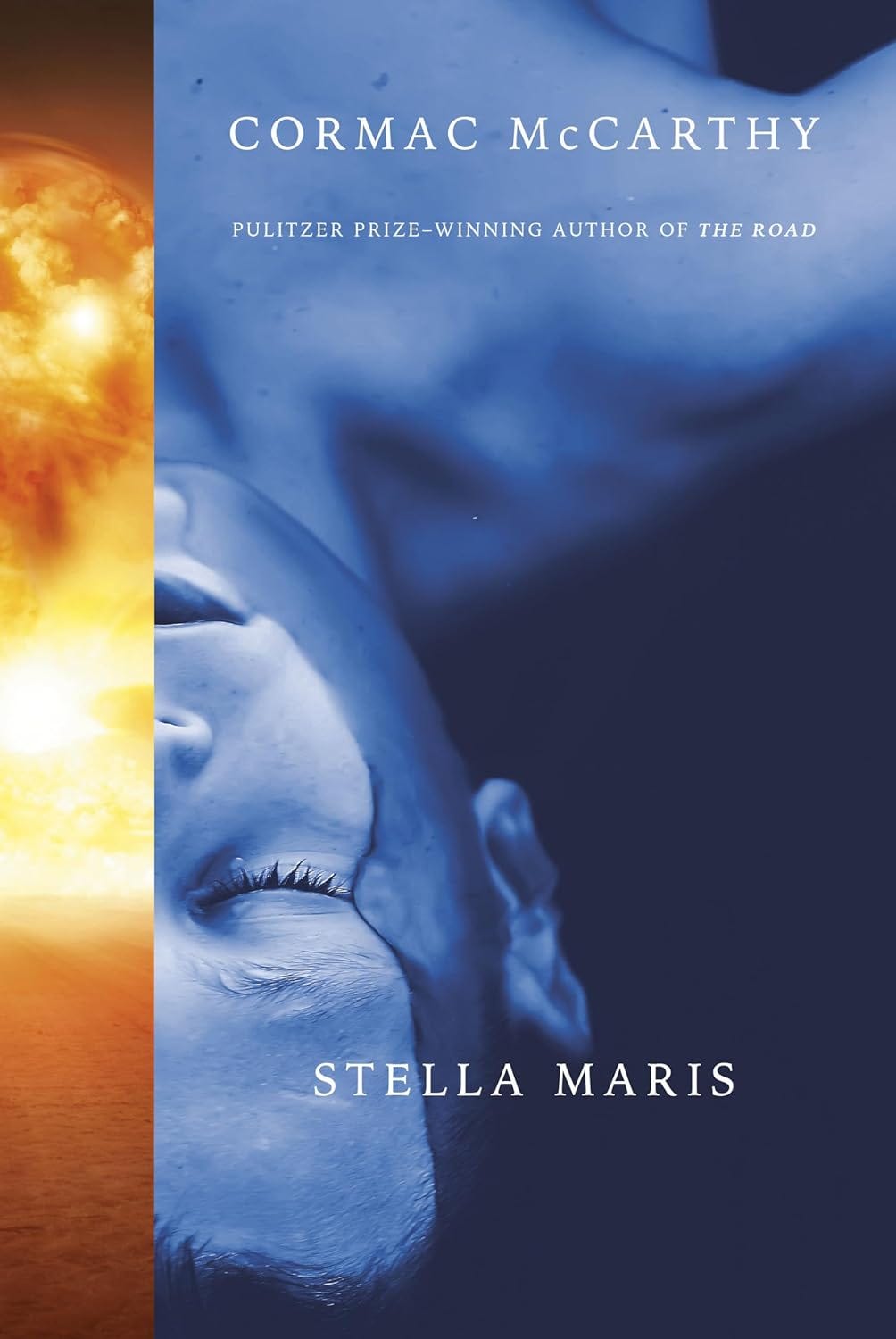
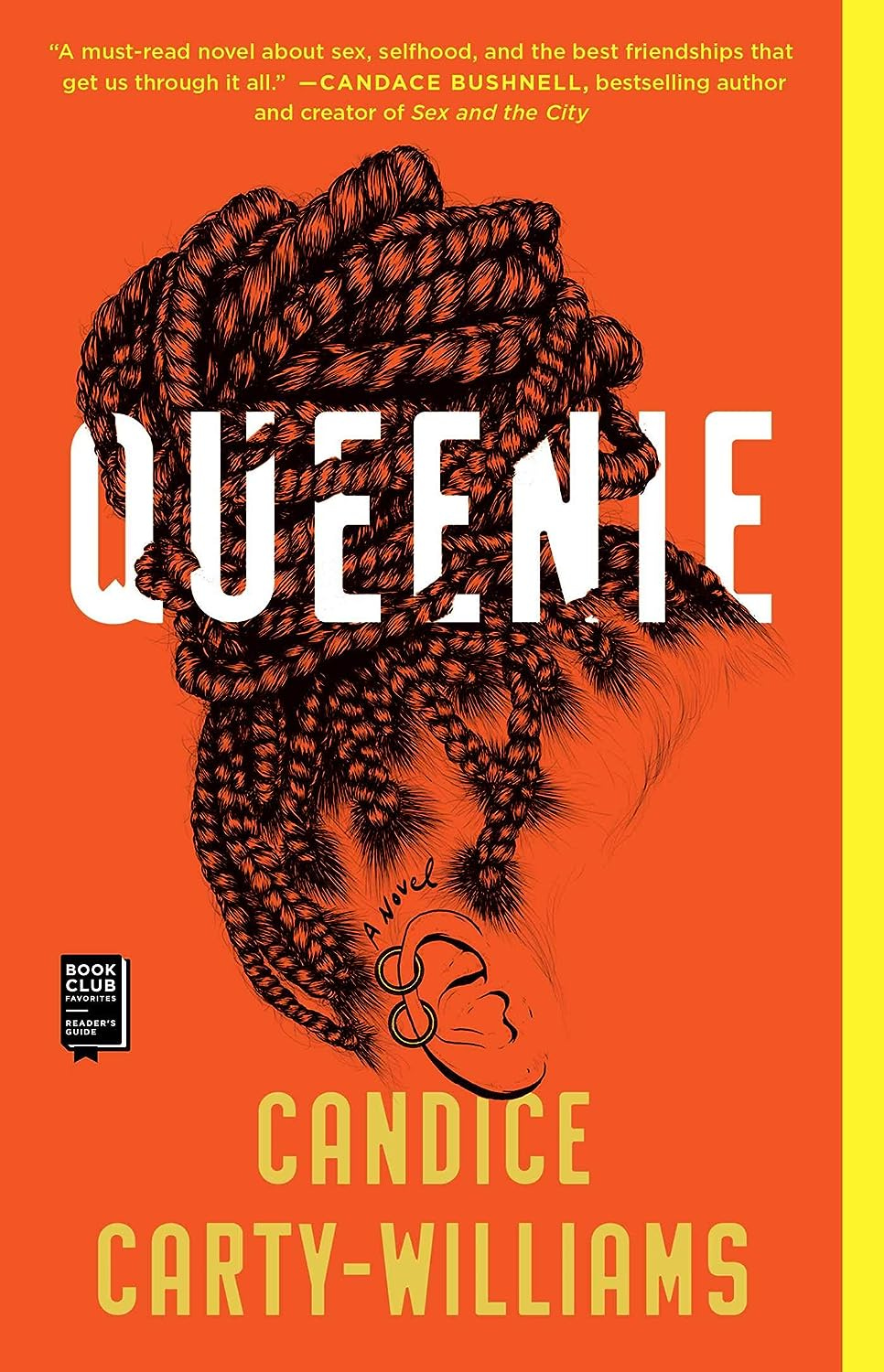
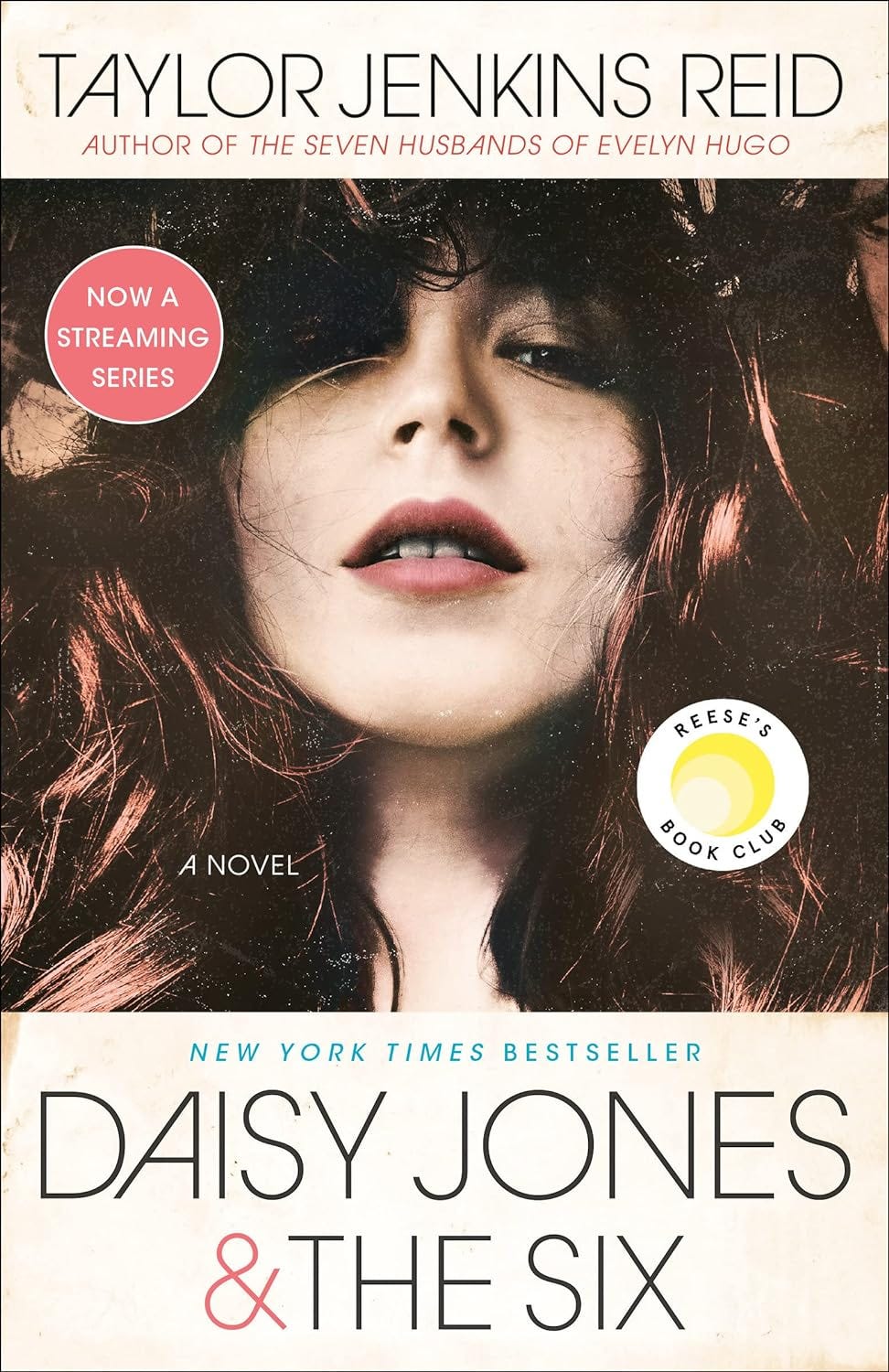
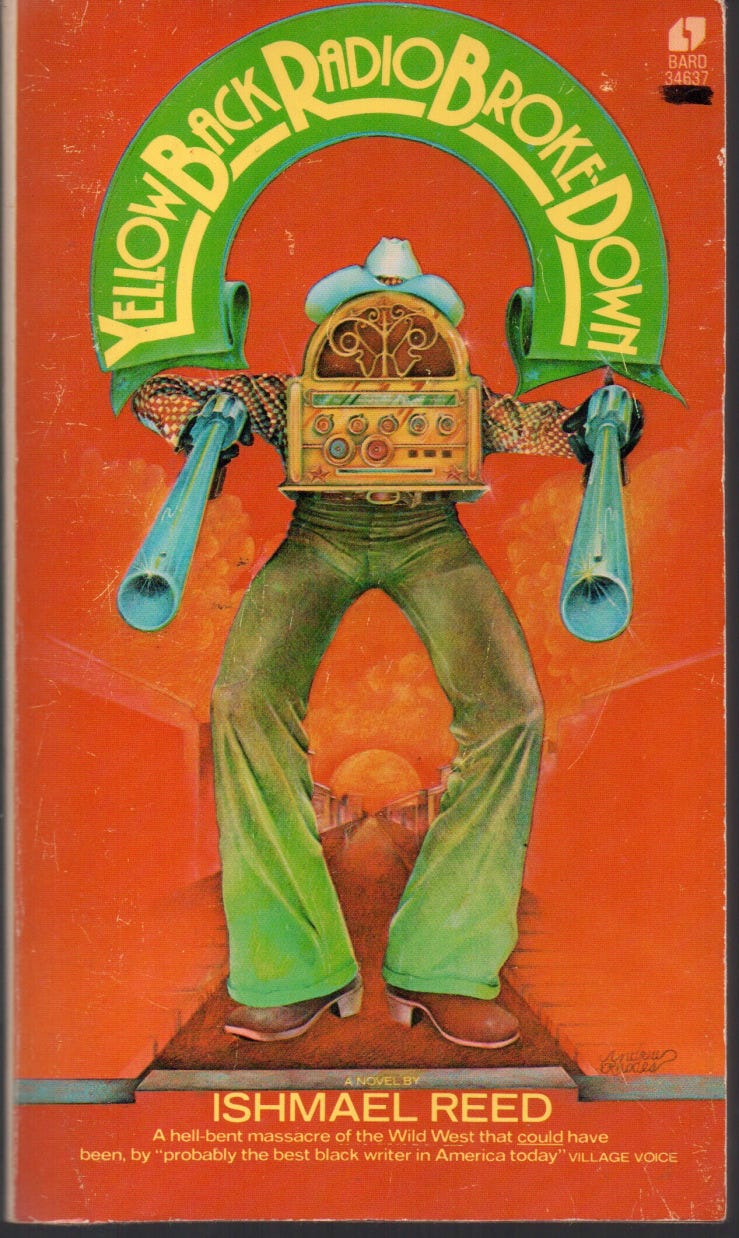
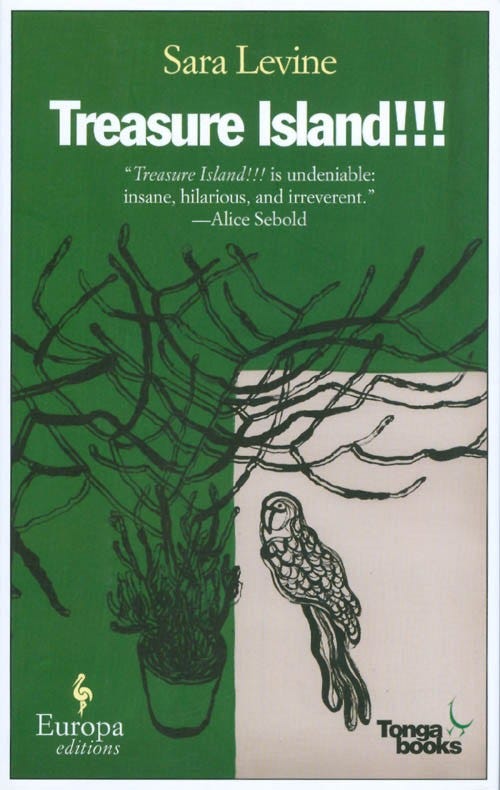
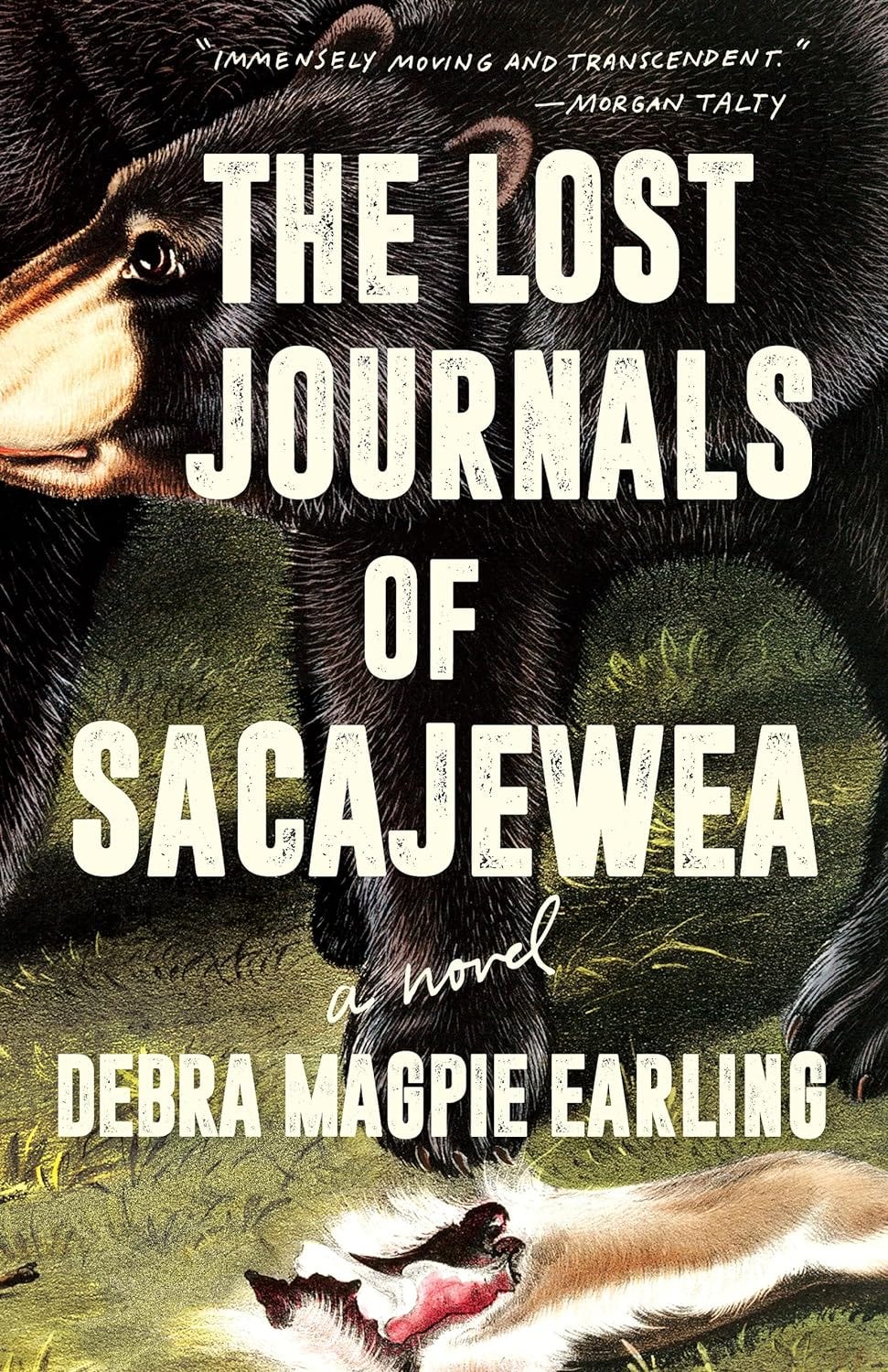
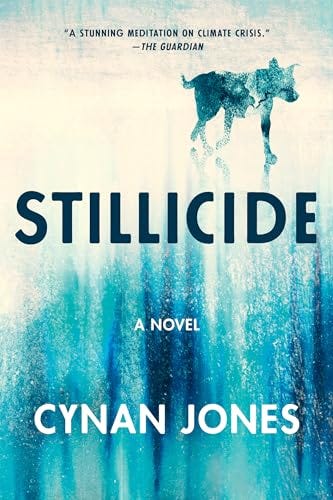
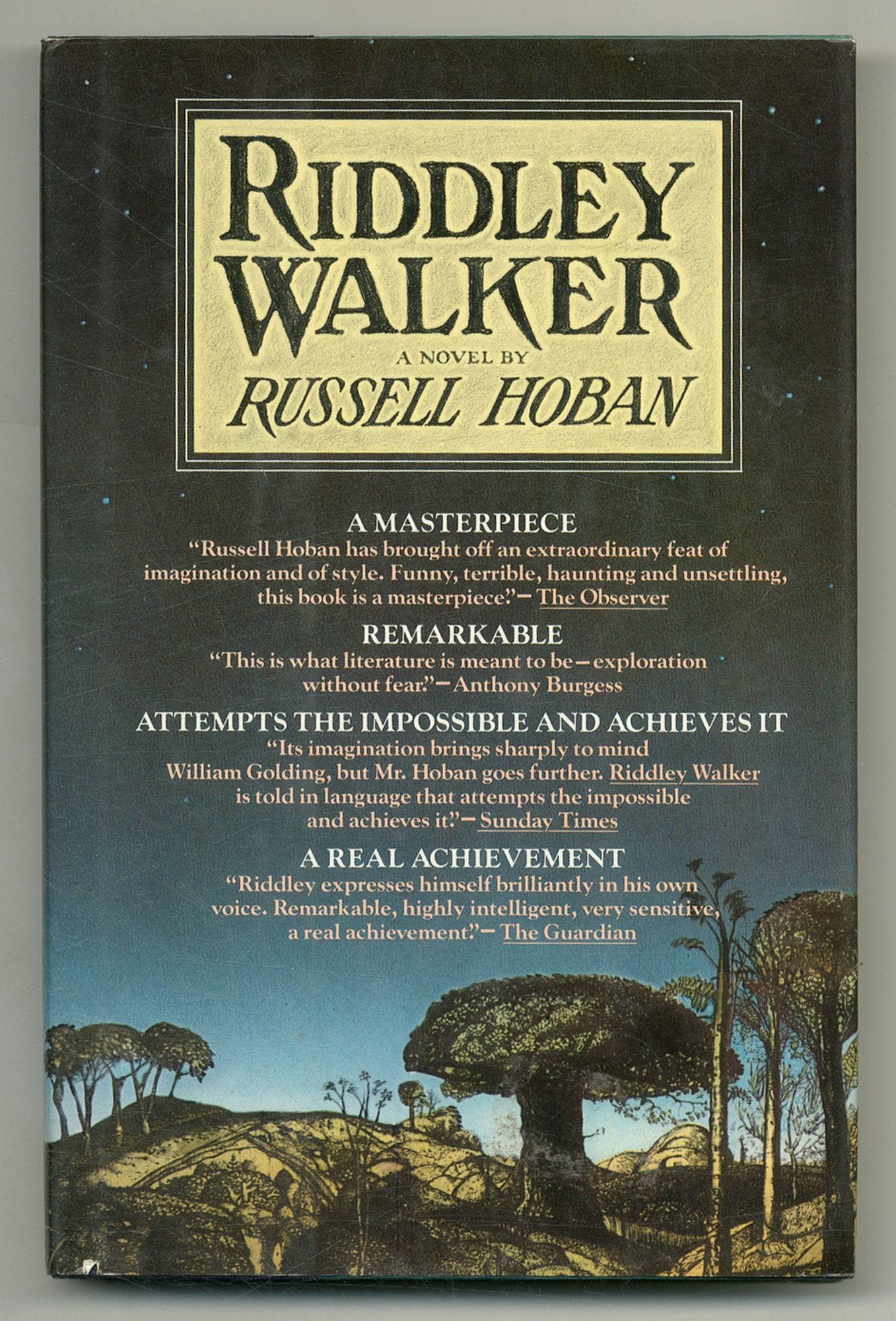
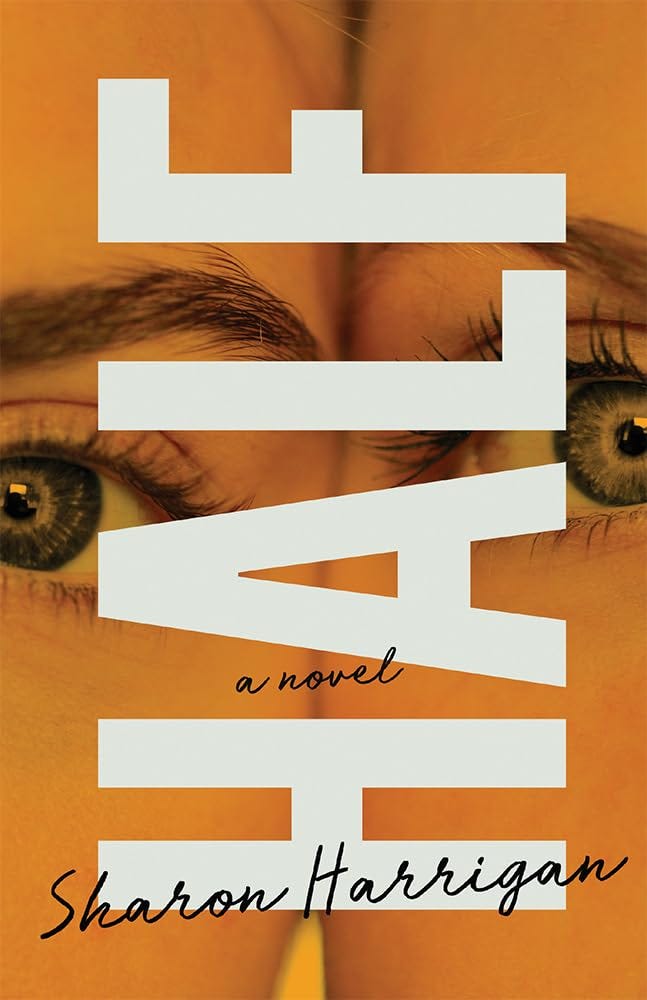
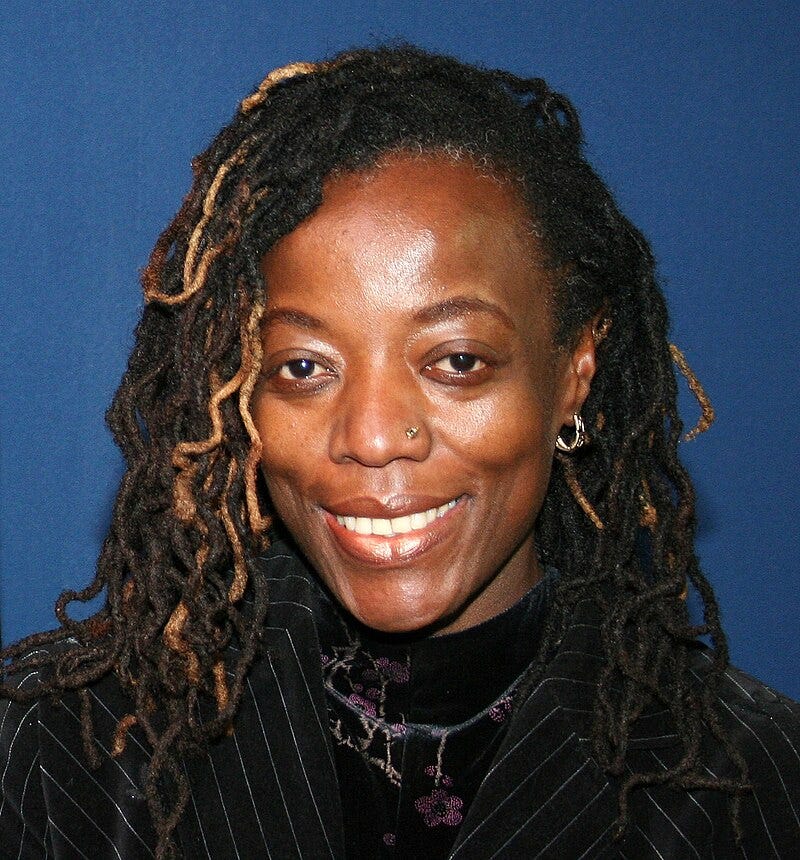

David, stop it. Your lists, and this one more than most, are like whispers from a spirit on my shoulder, whether the angel or the devil I can't tell, because either way, my to-read lists are brimming over and straining both my debit card and my bookshelves. Aw, hell with it--keep them coming. You're brilliant!
David, I love these posts on voice. I can see I've got some reading to do. Very glad to see Joan Chase on the list. And Barthelme!